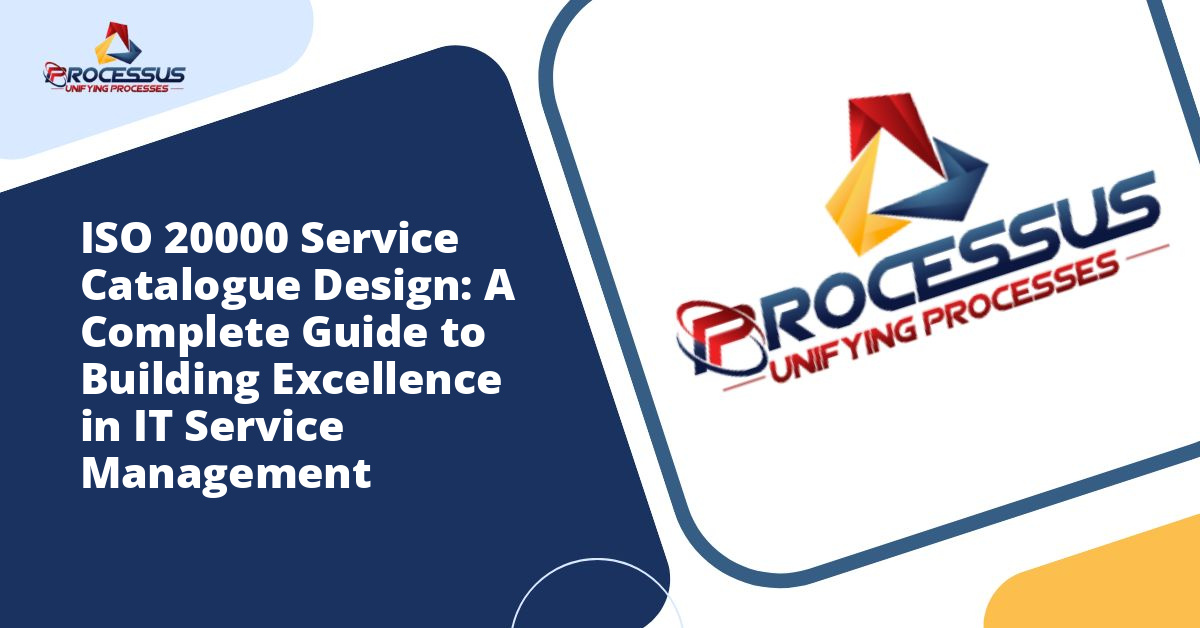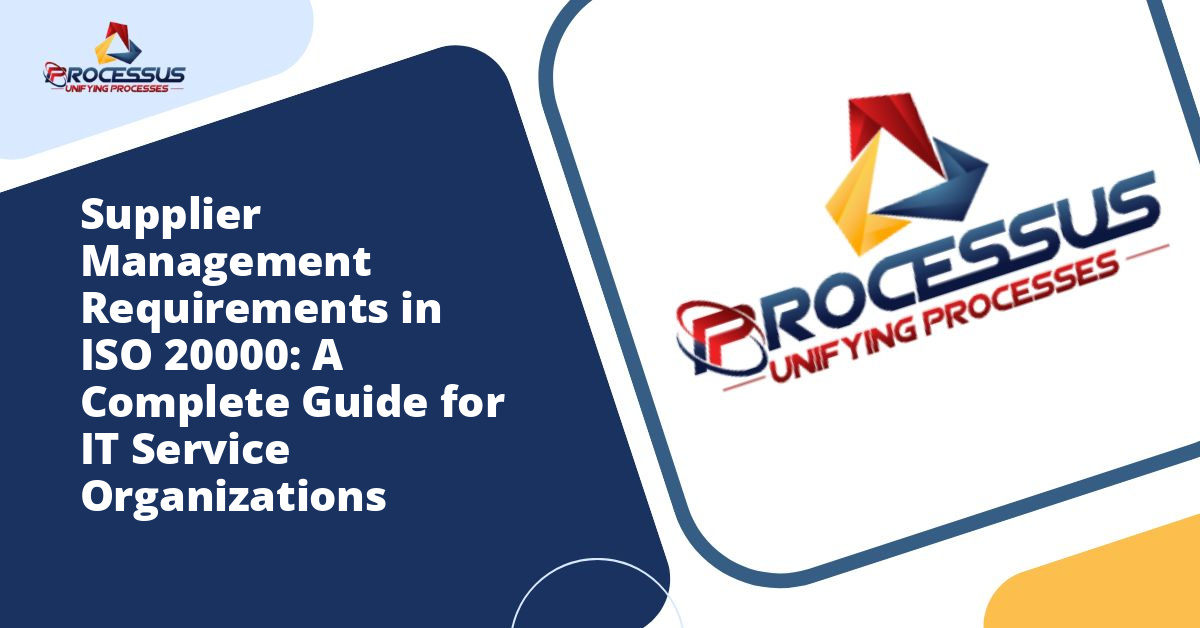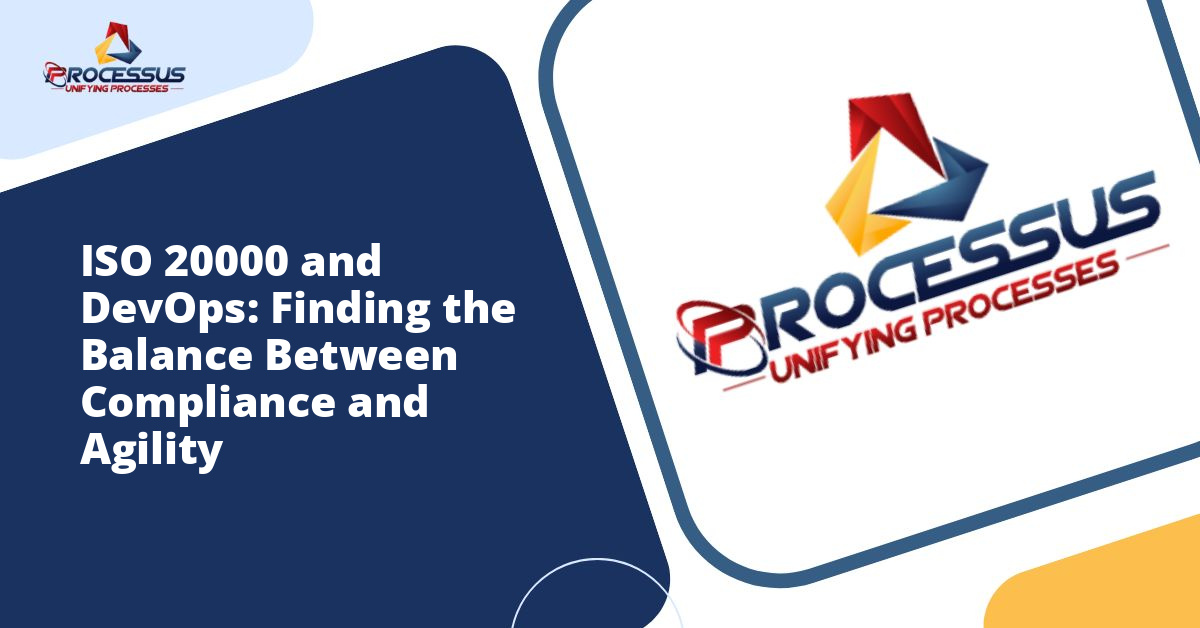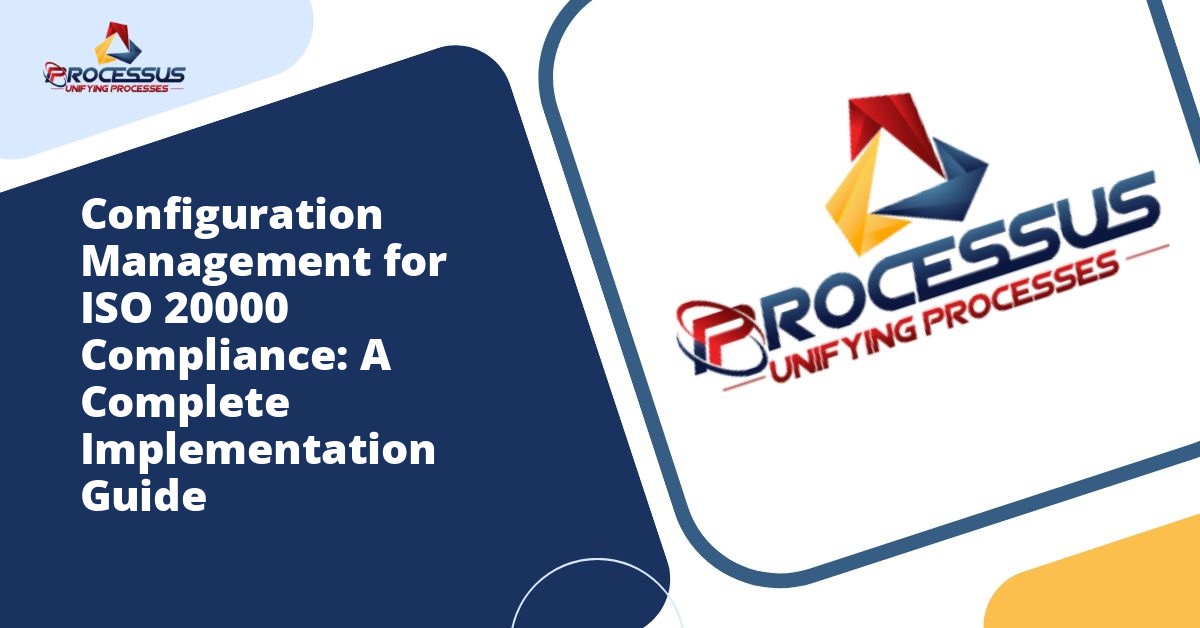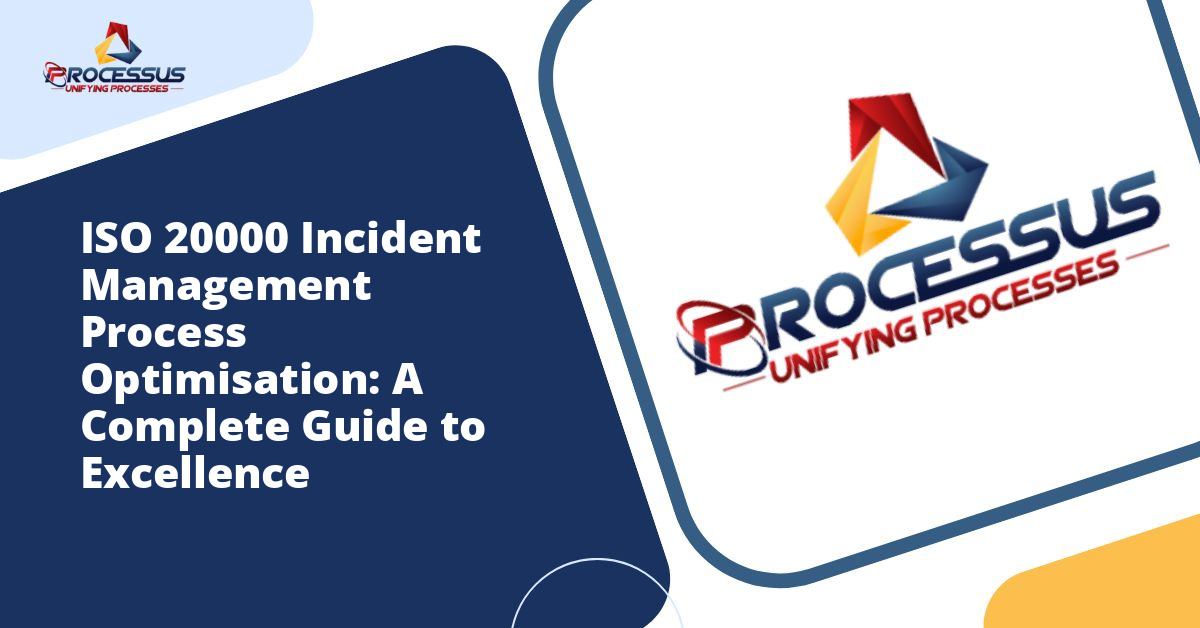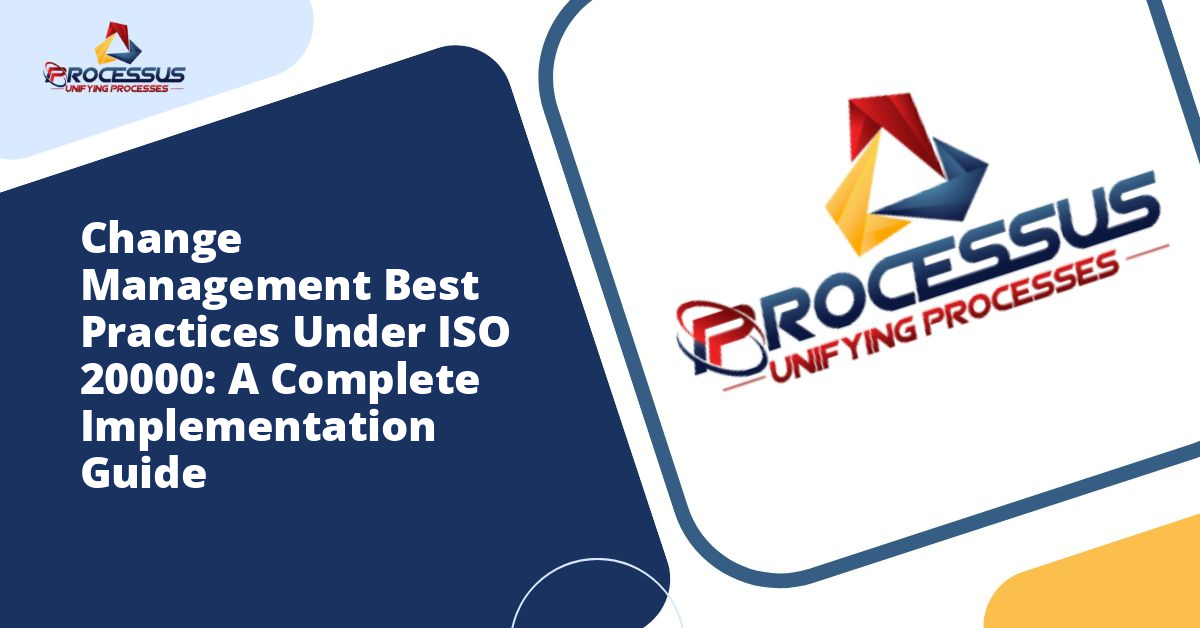In today’s digital landscape, organizations face mounting pressure to deliver high-quality IT services while maintaining efficiency and customer satisfaction. ISO 20000 certification has emerged as the gold standard for IT service management, providing a structured framework that helps businesses streamline operations, reduce costs, and enhance service delivery. This comprehensive guide will walk you through everything you need to know about ISO 20000 certification, from understanding its core principles to successfully implementing it within your organization.
Understanding ISO 20000: The Foundation of IT Service Management
ISO 20000 represents the first international standard specifically designed for IT service management. Developed by the International Organization for Standardization, this certification provides a systematic approach to planning, delivering, and improving IT services. Unlike other quality standards, ISO 20000 focuses exclusively on service management systems, making it particularly relevant for organizations that rely heavily on technology to deliver value to their customers.
The standard is divided into two main parts. ISO 20000-1 outlines the requirements for establishing, implementing, maintaining, and continually improving a service management system. ISO 20000-2 provides guidance on the application of service management systems, offering practical recommendations and best practices. Together, these components create a robust framework that organizations can adapt to their specific needs and circumstances.
What sets ISO 20000 apart is its alignment with other management system standards, particularly ISO 9001 for quality management and ISO 27001 for information security. This compatibility allows organizations to integrate multiple management systems, creating operational efficiencies and reducing duplication of effort. The standard also incorporates many concepts from the IT Infrastructure Library, making it familiar to organizations already following ITIL practices.
The Business Value of ISO 20000 Certification
Pursuing ISO 20000 certification delivers tangible benefits that extend far beyond compliance. Organizations that achieve this certification typically experience significant improvements in service quality, operational efficiency, and customer satisfaction. Understanding these benefits helps justify the investment required for implementation and motivates stakeholders throughout the certification journey.
Enhanced Service Quality and Consistency
ISO 20000 establishes standardized processes for service delivery, ensuring that customers receive consistent, high-quality experiences regardless of when or how they interact with your organization. This consistency builds trust and reliability, strengthening customer relationships and reducing the risk of service failures. The standard’s emphasis on continual improvement means that service quality doesn’t just meet a baseline but progressively gets better over time.
Improved Operational Efficiency
By implementing structured processes and eliminating redundancies, organizations can significantly reduce operational costs. ISO 20000 encourages automation where appropriate, streamlines workflows, and ensures that resources are allocated effectively. Many certified organizations report reduced incident resolution times, fewer service disruptions, and more efficient use of IT personnel.
Competitive Advantage
In markets where many organizations offer similar services, ISO 20000 certification provides a clear differentiator. It demonstrates to potential clients that your organization follows internationally recognized best practices for service management. Many government agencies and large corporations now require their service providers to hold ISO 20000 certification, making it essential for accessing certain markets and contracts.
Better Risk Management
The standard requires organizations to identify, assess, and manage risks associated with service delivery. This proactive approach helps prevent problems before they occur, minimizes the impact of incidents when they do happen, and ensures business continuity. Integrated with ISO 27001, it creates a comprehensive approach to managing both operational and security risks.
Key Components of ISO 20000
Successfully implementing ISO 20000 requires understanding its core components and how they work together to create an effective service management system. Each element plays a crucial role in ensuring that services are delivered efficiently, effectively, and in alignment with customer needs.
Service Management System Requirements
The foundation of ISO 20000 lies in establishing a service management system that integrates people, processes, and technology. This system must be documented, implemented, and maintained to ensure consistent service delivery. Leadership commitment is essential, as top management must demonstrate their support by allocating resources, establishing policies, and promoting a culture of service excellence throughout the organization.
Service Portfolio Management
Organizations must maintain a comprehensive understanding of all services they provide, including their status, relationships, and dependencies. The service portfolio includes both active services and those in development or retirement. Effective portfolio management ensures that services align with business objectives and customer needs while remaining financially viable.
Service Level Management
This component focuses on defining, agreeing, recording, and managing service levels. Organizations must establish service level agreements that clearly specify what customers can expect, including availability, performance, and support parameters. Regular monitoring and reporting ensure that service levels are met, and any shortfalls are addressed promptly through improvement initiatives.
Capacity and Availability Management
ISO 20000 requires organizations to ensure that services have sufficient capacity to meet current and future demands. This involves monitoring resource utilization, forecasting future needs, and planning capacity increases. Availability management focuses on ensuring that services are accessible when customers need them, minimizing downtime and disruptions.
Incident and Problem Management
When service disruptions occur, organizations must have processes in place to respond quickly and effectively. Incident management focuses on restoring normal service operations as quickly as possible, while problem management investigates underlying causes to prevent recurrence. These interconnected processes help minimize the impact of issues on customers and the business.
Change Management
All changes to services, infrastructure, or processes must be carefully controlled to minimize risks and ensure successful implementation. ISO 20000 requires a formal change management process that includes evaluation, approval, implementation, and review stages. This structured approach reduces the likelihood of failed changes causing service disruptions.
The Implementation Journey: Step by Step
Implementing ISO 20000 is a significant undertaking that requires careful planning, dedicated resources, and sustained commitment. While the specific journey varies depending on organizational size, complexity, and maturity, certain steps are common to all successful implementations.
Step 1: Secure Leadership Commitment and Resources
Before beginning implementation, ensure that senior leadership understands the scope, benefits, and resource requirements of ISO 20000 certification. Their visible support is crucial for overcoming resistance, allocating budgets, and prioritizing the initiative. Establish a project team with representatives from IT, operations, quality assurance, and other relevant departments. Designate a project leader with the authority and expertise to drive the implementation forward.
Step 2: Conduct a Gap Analysis
Assess your current service management capabilities against ISO 20000 requirements. This gap analysis identifies areas where your organization already meets the standard and highlights gaps that need to be addressed. Document existing processes, policies, and procedures to understand your starting point. Many organizations engage external consultants for this phase to ensure objectivity and benefit from specialized expertise.
Step 3: Develop an Implementation Plan
Based on the gap analysis, create a detailed roadmap for achieving certification. This plan should include specific objectives, timelines, resource allocations, and key milestones. Prioritize gaps based on their impact on service delivery and certification readiness. Break the implementation into manageable phases to maintain momentum and demonstrate progress. Set realistic timelines that account for organizational constraints and the need for thorough testing and refinement.
Step 4: Design and Document Processes
Develop or refine processes to meet ISO 20000 requirements. This includes creating process documentation that clearly describes objectives, inputs, outputs, activities, roles, and performance metrics. Ensure that processes are practical and aligned with how your organization actually operates. Involve frontline staff in process design to ensure buy-in and capture valuable insights. Documentation should be clear, accessible, and easy to update as processes evolve.
Step 5: Implement Training and Awareness Programs
Success depends on people understanding their roles and responsibilities within the service management system. Develop comprehensive training programs tailored to different audiences. Senior managers need to understand their governance responsibilities, while operational staff require detailed training on specific processes and tools. Create awareness campaigns to help everyone understand why ISO 20000 matters and how it benefits both the organization and individual employees.
Step 6: Deploy Supporting Tools and Technology
While ISO 20000 doesn’t mandate specific tools, most organizations find that service management software significantly supports implementation. Evaluate and select tools that align with your processes and scale to meet your needs. Implement incident management systems, change management platforms, and reporting tools that provide visibility into service performance. Ensure that technology enhances rather than complicates your processes.
Step 7: Conduct Internal Audits
Before seeking certification, perform internal audits to verify that your service management system meets ISO 20000 requirements and is effectively implemented. These audits help identify remaining gaps and areas for improvement. Train internal auditors or engage external resources with audit expertise. Use audit findings to refine processes and strengthen documentation. Conduct multiple rounds of internal audits to build confidence before the certification audit.
Step 8: Pursue Certification
Select an accredited certification body to conduct the formal audit. The certification process typically involves two stages. Stage one reviews documentation to ensure that your service management system is appropriately designed. Stage two verifies that the system is effectively implemented and operating as intended. Auditors will interview staff, review records, and observe processes in action. Address any non-conformities identified during the audit, and once satisfied, the certification body will issue your ISO 20000 certificate.
Common Implementation Challenges and Solutions
Organizations pursuing ISO 20000 certification often encounter similar obstacles. Anticipating these challenges and preparing appropriate responses increases the likelihood of successful implementation.
Resistance to Change
People naturally resist changes to familiar ways of working. Combat this resistance through clear communication about the benefits of ISO 20000, involvement of staff in process design, and recognition of those who embrace new approaches. Address concerns openly and provide adequate support during the transition.
Resource Constraints
Implementation requires significant time and effort from already busy teams. Mitigate this challenge by securing dedicated resources, prioritizing activities, and extending timelines if necessary. Consider engaging external consultants to supplement internal capabilities and accelerate progress.
Documentation Overload
Organizations sometimes create excessive documentation that becomes burdensome to maintain. Focus on documentation that adds value and supports effective operation of your service management system. Keep documents concise, visual, and user-friendly. Establish clear ownership and review cycles to ensure documentation remains current.
Process Integration Difficulties
Connecting new ISO 20000 processes with existing workflows and systems can be complex. Take an incremental approach, integrating one process at a time. Ensure that process interfaces are clearly defined and that handoffs between processes are smooth. Use cross-functional teams to design integrated solutions.
Maintaining Certification and Continuous Improvement
Achieving ISO 20000 certification is an important milestone, but the real value comes from maintaining and continually improving your service management system. Certification requires ongoing surveillance audits and periodic recertification to ensure continued compliance.
Establish regular management reviews to assess the performance of your service management system. These reviews should consider audit results, customer feedback, service performance metrics, and opportunities for improvement. Use data and analytics to identify trends, predict issues, and make informed decisions about service improvements.
Foster a culture of continual improvement where staff at all levels actively seek ways to enhance service delivery. Implement feedback mechanisms that capture insights from customers, employees, and other stakeholders. Prioritize improvement initiatives based on their potential impact and alignment with strategic objectives.
Stay informed about updates to the ISO 20000 standard and evolving best practices in service management. Participate in professional communities, attend conferences, and engage with peers to share experiences and learn from others. As technology and customer expectations evolve, ensure that your service management system adapts accordingly.
Measuring Success: Key Performance Indicators
Effective measurement is essential for demonstrating the value of ISO 20000 certification and identifying opportunities for improvement. Establish key performance indicators that reflect service quality, operational efficiency, and customer satisfaction.
Track metrics such as incident resolution time, first-call resolution rates, service availability, and customer satisfaction scores. Monitor the effectiveness of change management by measuring successful change rates and changes causing incidents. Assess the efficiency of your service management system through metrics like cost per ticket and resource utilization rates.
Present performance data in clear, visual formats that enable quick understanding and decision-making. Share metrics widely throughout the organization to promote transparency and accountability. Use performance trends to celebrate successes and identify areas requiring attention.
Conclusion
ISO 20000 certification represents a significant commitment to service management excellence. While the implementation journey requires substantial effort, planning, and resources, the benefits of improved service quality, operational efficiency, and competitive advantage make it a worthwhile investment for organizations serious about IT service delivery.
Success depends on securing leadership support, engaging staff throughout the organization, taking a systematic approach to implementation, and maintaining focus on continual improvement. By following the guidance outlined in this comprehensive guide, your organization can navigate the certification process effectively and establish a service management system that delivers lasting value to customers and stakeholders.
Whether you are just beginning to explore ISO 20000 or are well into your implementation journey, remember that certification is not an end in itself but a foundation for ongoing service excellence. Embrace the principles and practices embedded in the standard, adapt them to your unique context, and use them to drive meaningful improvements in how your organization delivers value through IT services.


